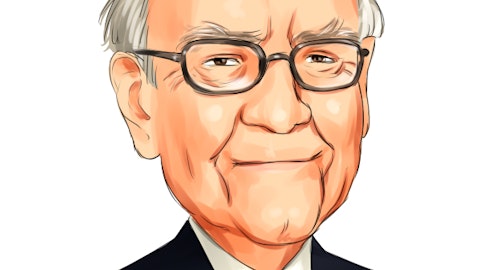 What do Campbell Soup Company (NYSE:CPB), Johnson & Johnson (NYSE:JNJ) and Deere & Company (NYSE:DE) all have in common?
What do Campbell Soup Company (NYSE:CPB), Johnson & Johnson (NYSE:JNJ) and Deere & Company (NYSE:DE) all have in common?
All three companies have survived and thrived through two world wars, the Great Depression, countless financial panics and periods of booms and busts… and for more than 100 years, they’ve continually generated wealth for their owners.
These companies survived, while hundreds of other companies came and went along with hard times.
All three of these names, alongside some others, owe their good fortune to what I call a “legacy asset investment,” which has allowed them to throw off huge dividends and return capital to shareholders for decades — regardless of interest rates, the economy or commodity prices.
It’s also helped generate massive wealth for investors. Over the past 14 years, for every $1 the market gained, these stocks typically have gained $4 — that’s four times the growth and dividends — for their shareholders.
First, I should explain what a “legacy asset” is. Legacy assets are companies or resources that have rewarded owners for generations, often thanks in part to a durable brand or service or infrastructure system that has stood the test of time.
And as I mentioned earlier, this allows them to consistently outperform the market. To prove it, I created the StreetAuthority Legacy Assets Index — which is an equal-weighted portfolio of 10 “legacy asset” stocks that tracked the performance from late 1999 through the end of September, including all dividends reinvested.
You can see the results for yourself…
While there’s no magic formula for identifying a durable legacy asset investment, here are four key characteristics I look for:
A long history of operations.
The best way to identify a company with the wherewithal to stand the test of time is to look for companies that have already been in business for decades. The past century has been a solid stress test for any company as the world has experienced several major wars, the Great Depression, countless financial crises, booms and bubbles, and periods of rising and falling interest rates.
In looking for legacy asset investments, I searched for companies with at least 50 years of operating history — though many of my favorites have been in business for more than a century.
A history of dividends and/or share buybacks.
The primary goal for many managers at public companies is to increase the value of the stock. And Wall Street might assign a high valuation to companies for any number of reasons at any given time, including aggressive growth through acquisitions, entry into hot new markets or simply investment fads.
When identifying legacy assets, I look for public companies that behave much like private firms. These companies are focused not on growth at any cost but on returning capital to shareholders over time, typically through a combination of dividends and share buybacks.





